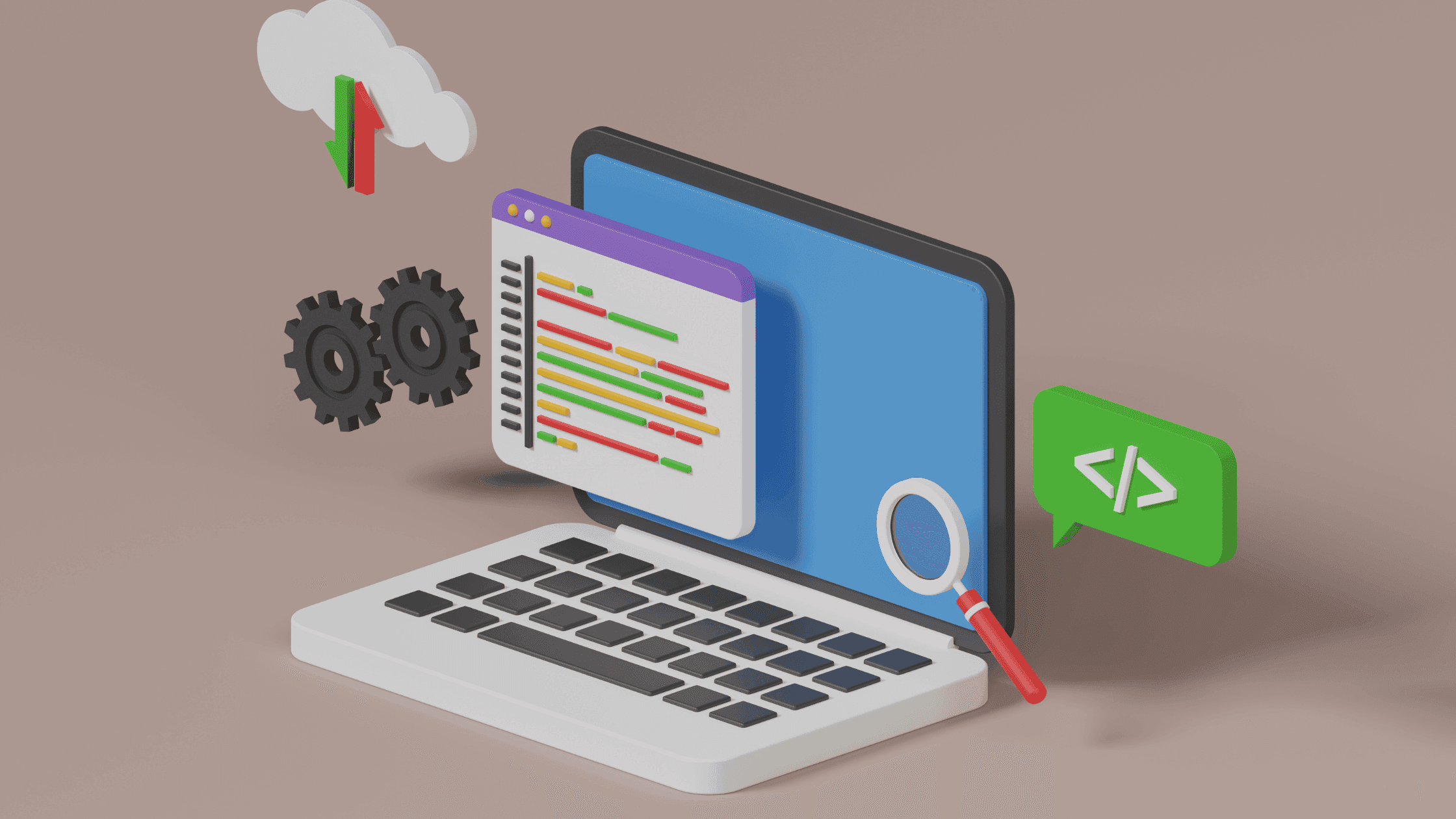Future Trends in Low-Code Development
Low-code is evolving fast—here's how to leverage future trends effectively.
DAte
Jun 27, 2024
Category
Top List
Reading Time
5
1. AI and Machine Learning Integration
One of the most exciting trends in low-code development is the integration of artificial intelligence (AI) and machine learning (ML). These technologies enable low-code platforms to automate complex processes, enhance user experiences, and provide predictive analytics. For example, AI can be used to build intelligent chatbots, automate customer service, and personalize user interactions. By integrating AI and ML into low-code applications, businesses can achieve greater efficiency and deliver more value to their customers.
2. Increased Adoption of Citizen Development
Citizen development empowers non-technical users to create applications using low-code platforms. This trend is set to grow as businesses recognize the benefits of enabling their employees to build custom applications without relying on IT departments. By democratizing app development, companies can accelerate their digital transformation efforts, reduce development costs, and foster innovation across all departments. Low-code platforms are continuously enhancing their user interfaces and adding features to support citizen developers, making it easier for anyone to build functional and robust applications.
3. Enhanced Collaboration Features
As teams become more distributed, collaboration features in low-code platforms are becoming increasingly important. Future low-code platforms will likely include enhanced tools for real-time collaboration, version control, and project management. These features will allow developers, designers, and business stakeholders to work together seamlessly, ensuring that applications are built faster and meet the needs of all users. Collaborative low-code platforms will also facilitate better communication and transparency, leading to higher-quality applications.
4. IoT Integration
The Internet of Things (IoT) is another area where low-code platforms are making significant strides. By integrating IoT devices with low-code applications, businesses can collect and analyze data from various sources in real-time. This integration can lead to the development of smart applications that can monitor equipment, track assets, and optimize operations. For instance, a manufacturing company can use a low-code platform to build an IoT-enabled app that monitors machine performance and predicts maintenance needs, reducing downtime and improving efficiency.
5. Advanced Data Management and Analytics
Data is at the core of every modern business, and low-code platforms are evolving to provide advanced data management and analytics capabilities. Future low-code platforms will offer more powerful tools for data integration, visualization, and analysis, enabling businesses to make data-driven decisions. These platforms will support a wide range of data sources, from traditional databases to big data and cloud storage. By leveraging these advanced data capabilities, companies can gain deeper insights into their operations, customer behavior, and market trends.
6. Better Scalability and Performance
As businesses grow, their applications need to scale to handle increased user loads and data volumes. Low-code platforms are continually improving their scalability and performance to meet these demands. Future low-code platforms will offer more robust infrastructure, optimized code generation, and advanced caching mechanisms to ensure that applications can scale seamlessly. Businesses can rely on these platforms to build applications that can grow with their needs, without compromising on performance.
7. Enhanced Security Features
Security is a critical concern for any application, and low-code platforms are no exception. Future low-code platforms will offer enhanced security features to protect applications from cyber threats. These features may include built-in encryption, advanced access controls, and automated security testing. By providing robust security capabilities, low-code platforms will help businesses ensure that their applications comply with industry regulations and protect sensitive data.
8. Integration with Legacy Systems
Many businesses still rely on legacy systems that are critical to their operations. Future low-code platforms will offer better integration capabilities with these legacy systems, allowing companies to modernize their applications without completely overhauling their existing infrastructure. This integration will enable businesses to extend the life of their legacy systems, while also taking advantage of the benefits of modern low-code development.
9. Customizable Templates and Components
To accelerate development, future low-code platforms will offer more customizable templates and components. These pre-built elements can be easily tailored to meet the specific needs of a business, reducing development time and effort. Customizable templates will enable developers to quickly build complex applications, while also ensuring that the final product is aligned with the company’s branding and functionality requirements.
10. Increased Focus on User Experience
User experience (UX) is a key factor in the success of any application. Future low-code platforms will place a greater emphasis on UX, providing tools and features that enable developers to create intuitive and engaging applications. These platforms will offer advanced UI design capabilities, user testing tools, and best practices for UX design. By focusing on UX, low-code platforms will help businesses create applications that not only meet functional requirements but also delight their users.
How to Stay Ahead of the Curve
To stay ahead in the rapidly evolving low-code development space, businesses should consider the following strategies:
1. Stay Informed: Keep up with the latest trends and innovations in low-code development by following industry blogs, attending conferences, and participating in online communities.
2. Invest in Training: Provide ongoing training for your team to ensure they are familiar with the latest features and best practices for using low-code platforms.
3. Experiment and Innovate: Encourage your team to experiment with new low-code tools and technologies. Innovation often comes from exploring new possibilities and pushing the boundaries of what’s possible.
4. Collaborate with Experts: Partner with low-code development experts, like Invental, to leverage their knowledge and experience in building advanced applications.
5. Focus on User Needs: Always keep the end-user in mind when developing applications. Focus on creating solutions that solve real problems and provide a great user experience.
By adopting these strategies, businesses can leverage the power of low-code platforms to drive innovation, improve efficiency, and stay competitive in the digital age.
Conclusion
The future of low-code development is bright, with many exciting trends and innovations on the horizon. By integrating AI and machine learning, enhancing collaboration, supporting IoT, and improving data management, low-code platforms are poised to transform how businesses build applications. At Invental, we are committed to staying at the forefront of these trends to deliver the best possible solutions for our clients. By embracing these advancements, businesses can create powerful, scalable, and secure applications that drive growth and success.
🚀🔍🤖🌐📊💡🔒📈🛠️
Author
Elena N.
Elena is a seasoned low-code CTO at Invental with over 6 years of development experience. Leveraging expertise in innovative technologies and low-code platforms, the author has consistently delivered impactful and efficient solutions, driving digital transformation and enhancing business operations.
Follow



